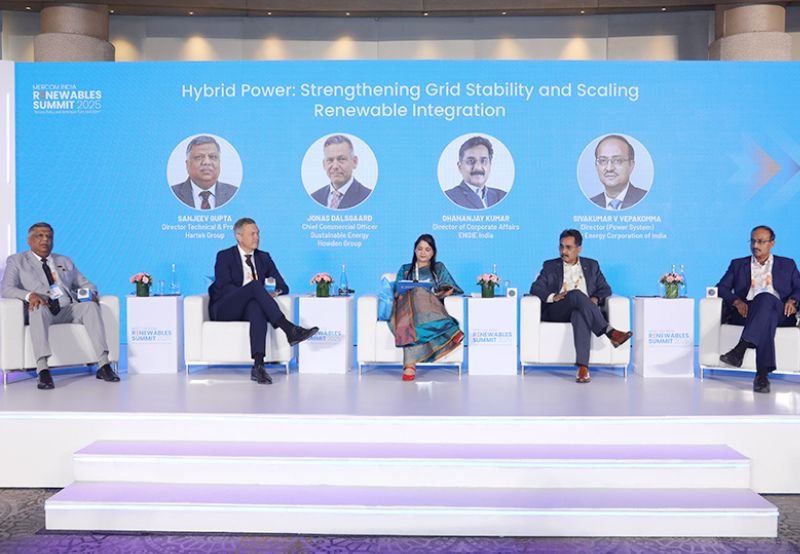Hybrid Power Solutions: Enhancing Grid Stability in the Solar Industry
India’s renewable energy landscape has evolved from standalone solar and wind installations to customized hybrid power projects, often paired with energy storage. But why is this significant? Hybrid systems combine solar panels, wind turbines, and batteries to create a more resilient grid. Let’s break down the benefits.
The Importance of Grid Stability: Why Hybrid Systems Matter
Traditional solar farms feed power directly into the grid, but what happens when clouds roll in? Suddenly, output drops, and grid operators scramble. Hybrid systems smooth out these fluctuations. With batteries like the Sungrow advanced home battery for Southeast Asia, storing excess energy, dips in solar generation don’t have to mean dips in power supply.
Batteries: The Unsung Heroes of Hybrid Systems
Lithium-ion batteries aren’t just for electric cars. Paired with solar panels and inverters from brands like Fronius, they act as a buffer. During peak sun hours, excess energy charges the batteries. Later, when demand spikes or clouds appear, that stored energy kicks in. Simple, yet effective.
The Cost Myth: Expensive Today, Savings Tomorrow
Some argue hybrid setups are too pricey. Sure, adding batteries increases upfront costs. Yet, with solar incentives and net metering policies, many systems pay for themselves in 3-5 years. After that? Pure savings—and grid reliability that’s hard to put a price on. Take the example of the Recurrent Energy $260M Kentucky Solar Farm Financing, which demonstrates the cost-effectiveness of hybrid power solutions.
Real-World Proof: The Success of Hybrid Microgrids
Remember California’s 2020 blackouts? Hybrid microgrids kept hospitals and fire stations running. These systems proved that blending solar, storage, and smart inverters can prevent outages when the main grid falters. Similarly, FirstEnergy solar facility renewable energy initiatives showcase the resilience of hybrid systems in real-world scenarios.
What’s Holding Back Wider Adoption?
Interconnection delays, outdated regulations, and financing hurdles slow things down. But utilities increasingly see hybrids as allies, not threats. As grid parity spreads, the question isn’t ‘if’ but ‘how fast’ these projects will scale. Germany’s solar growth is a testament to the potential for rapid scaling of solar and hybrid power solutions.
Hybrid power isn’t perfect—yet it’s the closest thing we’ve got to a grid that’s clean, reliable, and ready for tomorrow’s demands.






